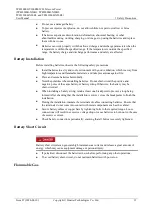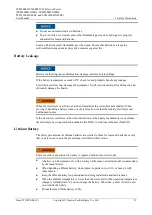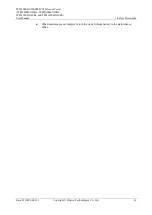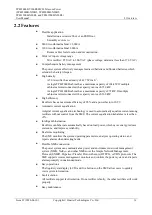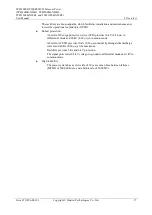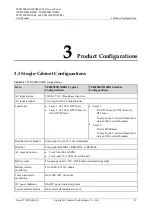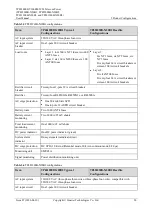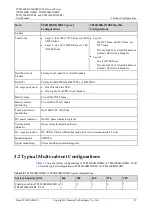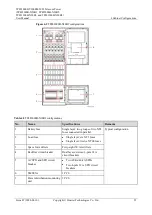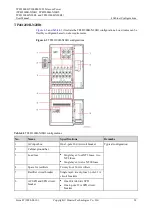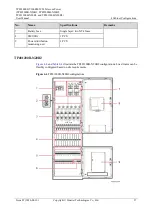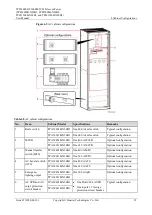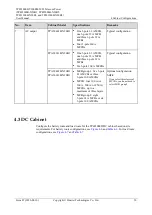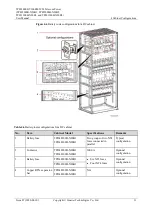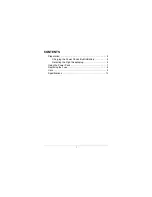
TP482000B V300R002C03 Telecom Power
(TP482000B-N20B1, TP482000B-N20B2,
TP481200B-N20B1, and TP481200B-N20B2)
User Manual
2 Overview
Issue 07 (2020-04-10)
Copyright © Huawei Technologies Co., Ltd.
16
2.2 Features
Flexible application
−
Installed on a concrete floor or an ESD floor.
−
Smoothly evolves to:
2400 A combined cabinet: 12,000 A
1200 A combined cabinet: 6000 A
−
Reuses cables for relocation and reconstruction.
Wide AC input voltage range
−
50 A rectifier: 85 V AC to 300 V AC (phase voltage; derated at less than 176 V AC)
Comprehensive battery management
The power system effectively manages lead-acid batteries and flooded batteries, which
extends the battery lifespan.
High density
−
A 50 A rectifier has a density of 42.7 W/inch
^3
.
−
A single TP482000B cabinet has a maximum capacity of 144 kW. If multiple
cabinets are interconnected, the capacity can reach 720 kW.
−
A single TP481200B cabinet has a maximum capacity of 72 kW. If multiple
cabinets are interconnected, the capacity can reach 360 kW.
High efficiency
Rectifiers have a maximum efficiency of 98% and a power factor of 0.99.
Automatic current equalization
A digital current equalization technology is used to automatically equalize current among
rectifiers without control from the SMU. The current equalization imbalance is less than
±5%.
Intelligent hibernation
Rectifiers can hibernate automatically based on load power, which saves energy, reduces
emissions, and improves reliability.
Real-time monitoring
The SMU monitors the system operating parameters, analyzes operating status, and
reports alarms when detecting faults.
Flexible NMS connection
The power system can communicate a power and environment network management
system (NMS), NetEco, and other NMSs over the Simple Network Management
Protocol (SNMP), Hypertext Transfer Protocol Secure (HTTPS), or YDN protocols. The
SMU supports remote management, monitors and controls the power system, and reports
alarms promptly in unattended mode.
Easy operations
The liquid crystal display (LCD) and five buttons on the SMU allow users to quickly
view system information.
Fault isolation
All rectifiers support fault isolation. If one rectifier is faulty, the other rectifiers still work
properly.
Easy maintenance











